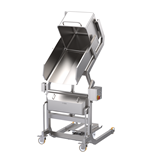Cattle graziers could improve their profit margin by as much as 83 cents a hectare more by not baiting or fencing dingoes, according to researchers from the University of Adelaide's Environment Institute. That means an extra $83,000 per year for a 100,000 hectare cattle station.
Challenging conventional perception
"The conservation of dingoes remains controversial because of perceived threats to livestock," said lead author Dr Thomas Prowse, Research Associate in the School of Earth and Environmental Sciences and the Environment Institute.
"That is despite better understanding of the need for predators for sustainable environments.
"Our study challenges the conventional perception of dingoes as an economic pest that must be controlled.
"By helping dingoes thrive, we expect improved biomass of native pastures through the reduction of kangaroo populations – and improved returns to cattle graziers.
"Poisoning and fencing are therefore financially counter-productive."
The researchers developed a multi-species model of the food chain and economics of a rangeland cattle enterprise, including simulations of pasture regrowth, grazing pressure and cattle live-weight gain. Trade-offs between livestock density, kangaroo abundance, calf losses and dingo control were examined.
Competition with kangaroos
"Dingoes are predators and they do occasionally take out young livestock, but they also eat a lot of kangaroos and, in fact, seem to prefer them," said co-author Professor Corey Bradshaw, Director, Ecological Modelling at the Environment Institute and recently appointed Sir Hubert Wilkins Chair of Climate Change.
"In a typical cattle station setting in arid Australia, cattle and kangaroos compete for the most limiting resource, grass and other vegetation.
"With fewer kangaroos around there is more grass for cattle to eat, and more food means bigger and fatter cattle, which leads to more profit for the grazier."
The researchers showed that under normal stocking conditions in outback Australia with unbaited dingoes and controlled kangaroos, pasture biomass increased by 53 kg a hectare.
Dr Prowse said: "Not only are the grazier's profits higher, but there is less inter-annual variation. Fewer kangaroos reduces the amount of change in grass biomass from one year to the next."

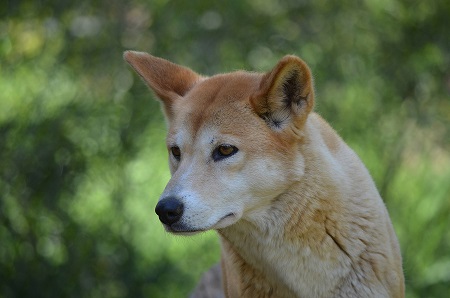

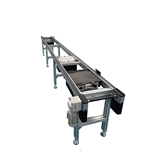







-160x160-state_article-rel-cat.png)


-160x160-state_article-rel-cat.png)

-160x160-state_article-rel-cat.png)
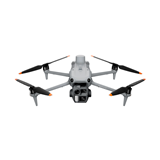

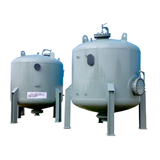


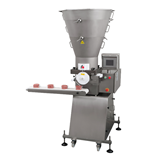

-160x160-state_article-rel-cat.png)
